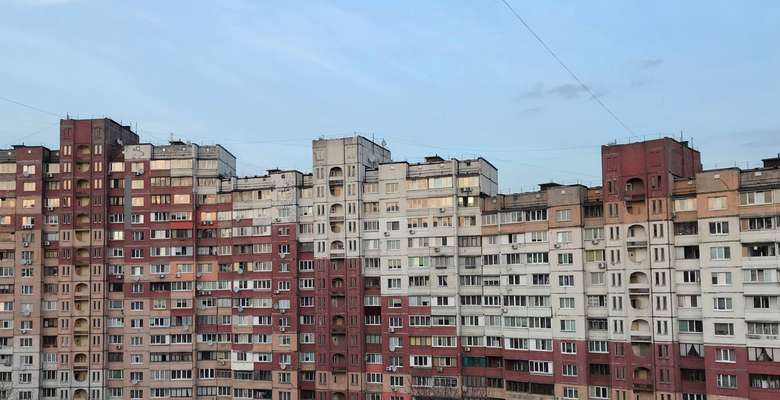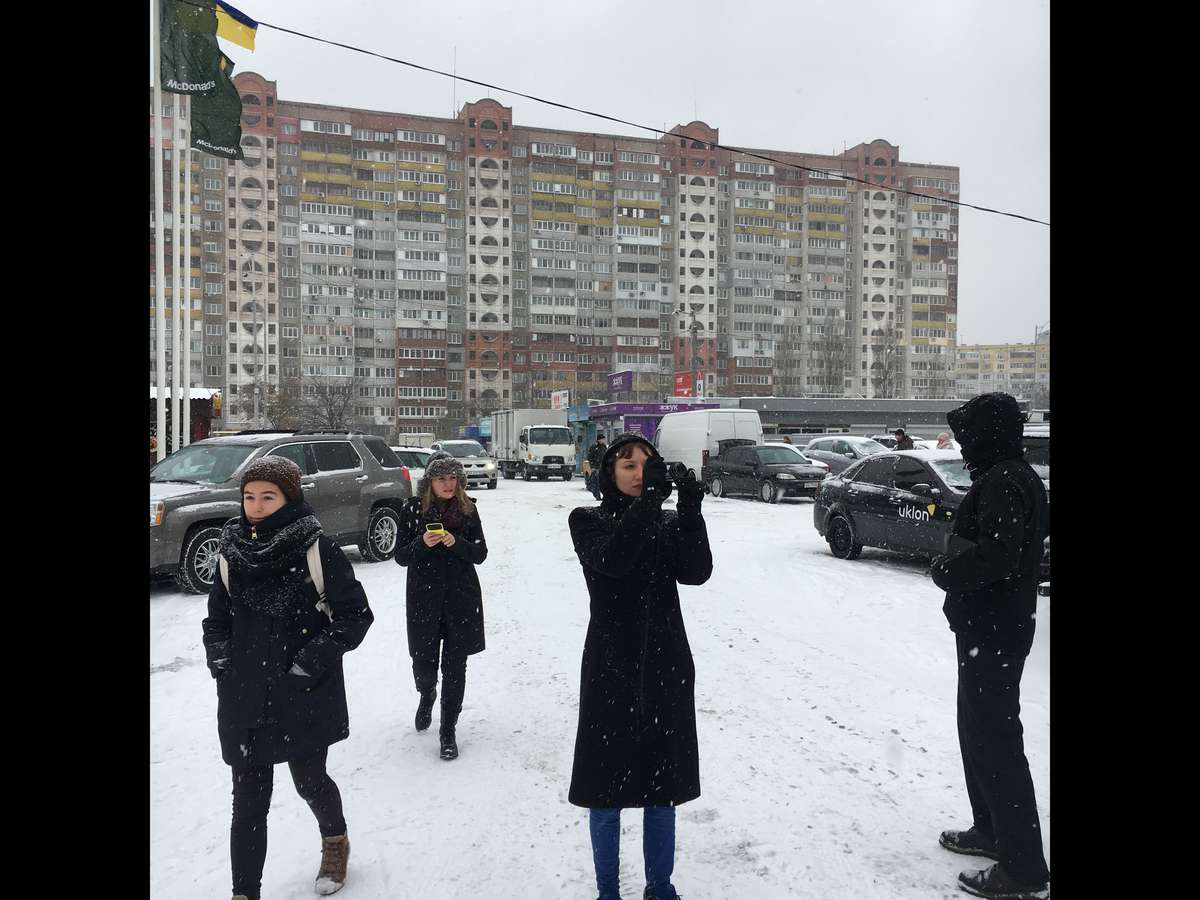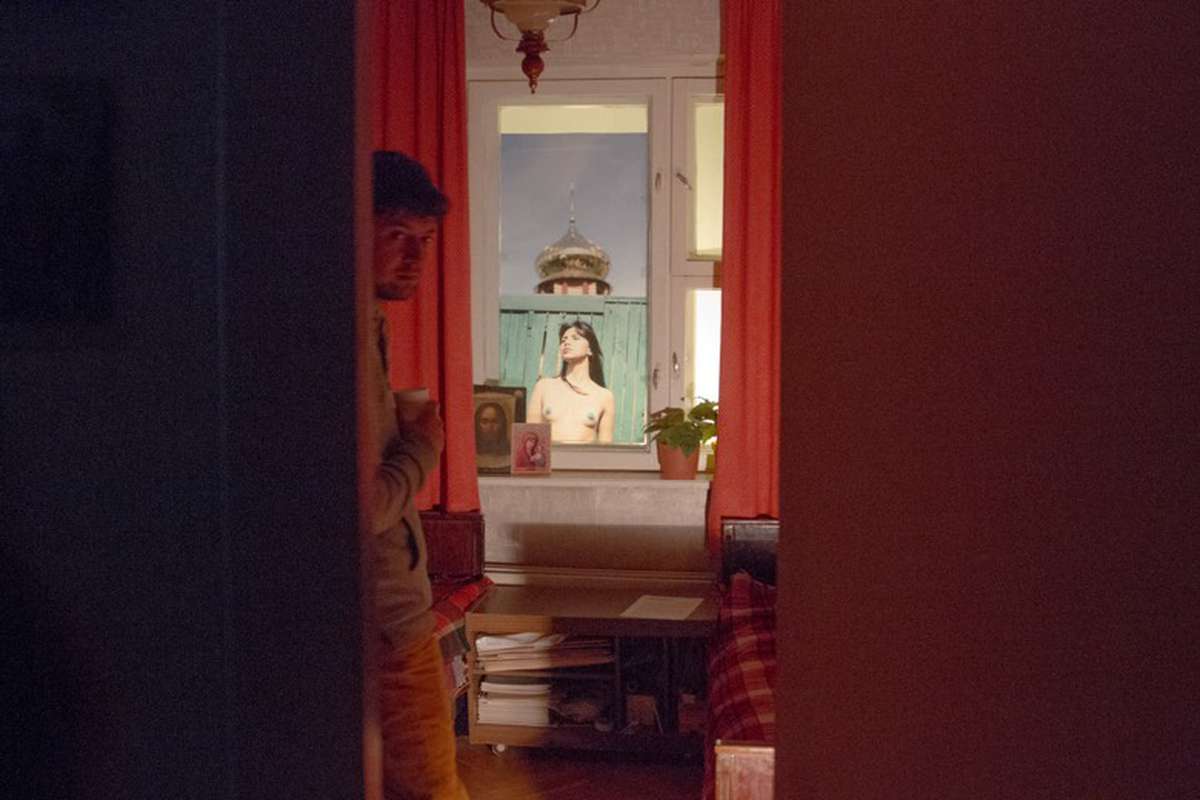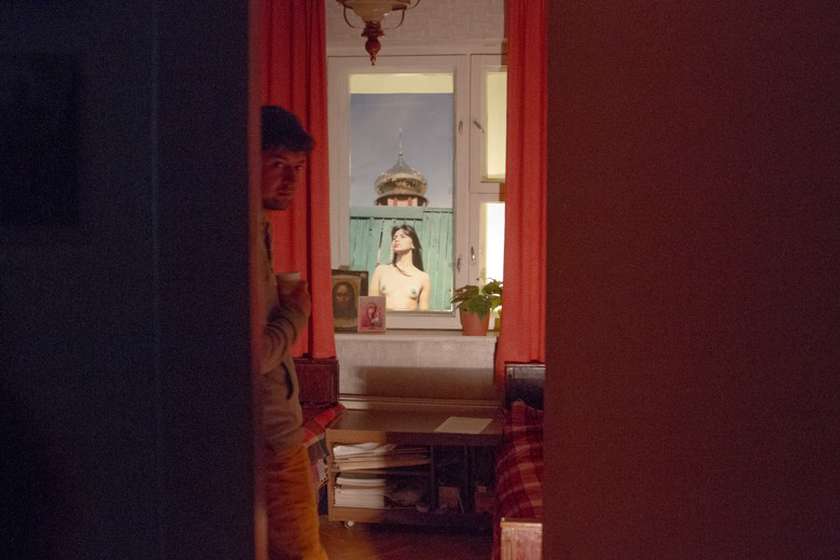Idea by
Daria Pashchenko, Anastasiia Danyliuk
Call for ideas 2019
TRSHCHN
TRSHCHN

- Systemic changes
The residential area Troyeshchyna is a vivid example of typical Soviet construction. The project had to solve a housing issue for 300 thousand inhabitants, therefore, it was based on a social dimension, to which the latest architectural and compositional solutions were applied, was perhaps the most ambitious example of the late modernist heritage.
However, like most of the sleeping areas built in the Soviet era, Troyeshchyna remains a stigmatized and isolated cell in the context of a modern city. The lack of conditions for the growth of social and economic capital, limited opportunities for self-expression, geographical and cultural peripherality - are indicative transformations of post-Soviet reality. A few decades later, sleeping areas remain almost unchanged, and therefore can no longer meet the demands of the present. That is why the phenomenon of the sleeping area requires a new understanding as well as the introduction of new solutions for a high standard of living.

Balconies. Workshop by Evgeniya Tchaikovska, 2018

Trischyna (The crack). Project by Daria Pashchenko and Ania Zur, 2015

Trischyna (The crack) at Kvartyra 14 gallery, 2017
TRSHCHN
TRSHCHN

- Systemic changes
The residential area Troyeshchyna is a vivid example of typical Soviet construction. The project had to solve a housing issue for 300 thousand inhabitants, therefore, it was based on a social dimension, to which the latest architectural and compositional solutions were applied, was perhaps the most ambitious example of the late modernist heritage.
However, like most of the sleeping areas built in the Soviet era, Troyeshchyna remains a stigmatized and isolated cell in the context of a modern city. The lack of conditions for the growth of social and economic capital, limited opportunities for self-expression, geographical and cultural peripherality - are indicative transformations of post-Soviet reality. A few decades later, sleeping areas remain almost unchanged, and therefore can no longer meet the demands of the present. That is why the phenomenon of the sleeping area requires a new understanding as well as the introduction of new solutions for a high standard of living.

Balconies. Workshop by Evgeniya Tchaikovska, 2018

Trischyna (The crack). Project by Daria Pashchenko and Ania Zur, 2015

Trischyna (The crack) at Kvartyra 14 gallery, 2017